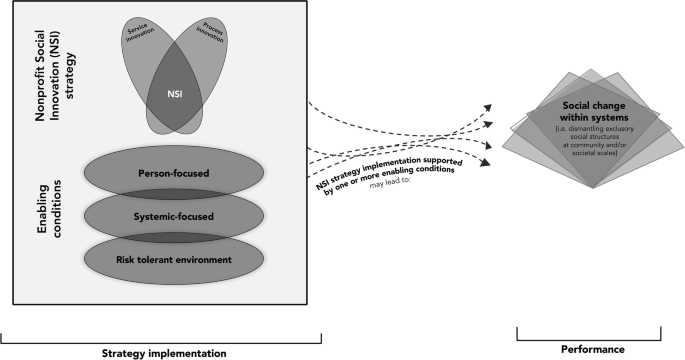Unveiling the Concealed Dangers of NDIS Restructuring
The National Disability Insurance Scheme (NDIS) worth $42 billion a year is set to undergo dramatic reforms. These revolve around implementing previously abandoned or unexecuted features from its original 2011 plan. The aim is to rescue the struggling scheme that has been beset with critical issues since its pilot run in 2013. The overhaul will begin within weeks and its accelerated pace has unsettled the disability community.
Officials are planning legislative and policy changes while many recipients of the scheme are still processing a detailed 1300-page document that accompanied the NDIS Review. Released three weeks before Christmas, it suggests an intense and extensive overhaul schedule.
The NDIS Review was conducted in October last year by the scheme ‘grandfather’ Bruce Bonyhady and former Department of Education secretary Lisa Paul. They extensively consulted disabled individuals, their families, and service providers.
Central to the review’s recommendations are changes to longstanding rules and legislation. However, if these changes limit access to the NDIS without offering adequate external support, more individuals could lose access to vital assistance.
However, the community is optimistic about an early win where all states and territories agreed to fund and collaborate on a “foundational supports plan. This will serve as a safety net around NDIS and prevent it from being an isolated support system. The Disability Advocacy Network Australia (DANA) sees these collaborative support efforts and additional funding contributions from states and territories as key features of the proposed reform.
Recipients are, however, cautioned to remain vigilant against changes in crucial NDIS support during the development of these foundational supports. The review identified several issues that need further consideration, one of which involves the NDIS planning process. The plan is to replace it with agency staff or contracted ’needs assessors’, but the assessment techniques, duration, and workforce transformation have not been agreed upon.
Nor can Commonwealth, state, and territory governments reach an agreement on NDIS interactions with mainstream services. These include schools, hospitals, and forensic facilities, among others. The review highlighted the need for meaningful inclusion of service users, especially those with psychosocial disabilities, in shaping the services. It also recommended expanding the remit of the NDIS Quality and Safeguards Commission to cover the entire disability service ecosystem to ensure high-quality services.
The NDIS Review also proposes replacing unregistered providers with registered ones. This might appear to limit choices and cause price increases due to the additional responsibility on providers. Some people feel that these proposed changes pose a threat to self-management and participant choice in the NDIS.
The review further asserts that individuals needing round-the-clock support should typically share such care. It recommends a cost-effective average shared support ratio of 1:3 as reasonable and necessary funding. Critics argue that this could increase instances of abuse and violence.
The review process, headed by Bill Shorten, the minister responsible for the scheme, will cover multiple portfolios, including those of Social Services Minister Amanda Rishworth and Attorney-General Mark Dreyfus. The federal government is yet to provide a response to both the NDIS Review and the Royal Commission into Violence, Abuse, Neglect, and Exploitation of People with Disability.
